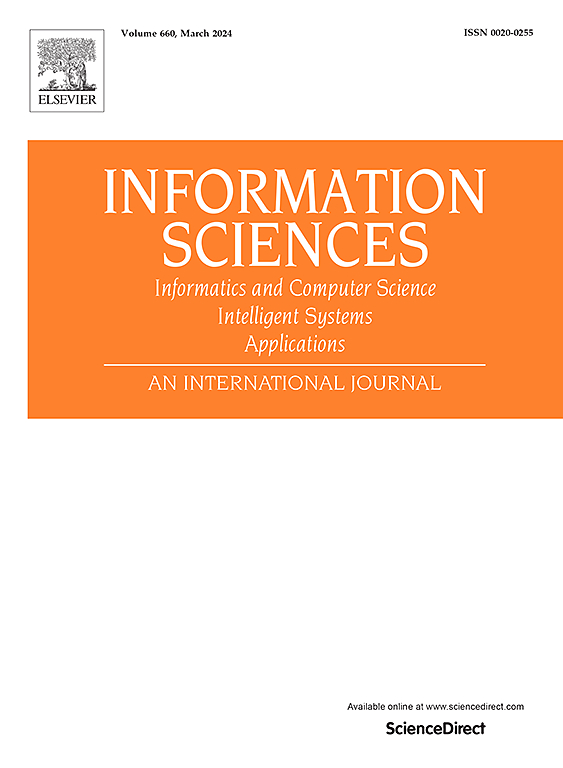KACNet: Enhancing CNN feature representation with Kolmogorov-Arnold networks for medical image segmentation and classification
IF 6.8
1区 计算机科学
0 COMPUTER SCIENCE, INFORMATION SYSTEMS
引用次数: 0
Abstract
Convolutional neural networks (CNNs) often face challenges in generalizing across datasets due to edge-blurring limitations of fixed activation functions. To address this, this paper introduces a novel approach by integrating KANs into CNNs, forming a module called KANConv, to build an innovative encoder architecture. The encoder is designed to augment the CNN’s capability to effectively distinguish targets in medical image segmentation and classification tasks. Specifically, the CNN component leverages its nonlinear structure to extract hidden local features from the input image, while the KAN component captures global feature information by processing the local features via a sophisticated structure composed of B-spline functions. The proposed multi-stage architecture enables a comprehensive information fusion of local and global features, significantly improving feature representation quality. To validate our encoder’s effectiveness, we perform extensive experiments on: (1) five benchmark 2D medical image segmentation datasets, where our model achieves state-of-the-art performance; and (2) six prominent 3D medical classification datasets, consistently demonstrating superior results compared to existing methods.
KACNet:利用Kolmogorov-Arnold网络增强CNN特征表示,用于医学图像分割和分类
由于固定激活函数的边缘模糊限制,卷积神经网络(cnn)在跨数据集泛化方面经常面临挑战。为了解决这个问题,本文引入了一种新颖的方法,将KANs集成到cnn中,形成一个称为KANConv的模块,以构建创新的编码器架构。该编码器旨在增强CNN在医学图像分割和分类任务中有效区分目标的能力。具体来说,CNN组件利用其非线性结构从输入图像中提取隐藏的局部特征,而KAN组件通过由b样条函数组成的复杂结构处理局部特征来捕获全局特征信息。提出的多阶段结构实现了局部和全局特征的全面信息融合,显著提高了特征表示质量。为了验证编码器的有效性,我们在以下方面进行了广泛的实验:(1)五个基准二维医学图像分割数据集,其中我们的模型达到了最先进的性能;(2) 6个突出的三维医学分类数据集,与现有方法相比,结果始终优于现有方法。
本文章由计算机程序翻译,如有差异,请以英文原文为准。
求助全文
约1分钟内获得全文
求助全文
来源期刊

Information Sciences
工程技术-计算机:信息系统
CiteScore
14.00
自引率
17.30%
发文量
1322
审稿时长
10.4 months
期刊介绍:
Informatics and Computer Science Intelligent Systems Applications is an esteemed international journal that focuses on publishing original and creative research findings in the field of information sciences. We also feature a limited number of timely tutorial and surveying contributions.
Our journal aims to cater to a diverse audience, including researchers, developers, managers, strategic planners, graduate students, and anyone interested in staying up-to-date with cutting-edge research in information science, knowledge engineering, and intelligent systems. While readers are expected to share a common interest in information science, they come from varying backgrounds such as engineering, mathematics, statistics, physics, computer science, cell biology, molecular biology, management science, cognitive science, neurobiology, behavioral sciences, and biochemistry.
 求助内容:
求助内容: 应助结果提醒方式:
应助结果提醒方式:


